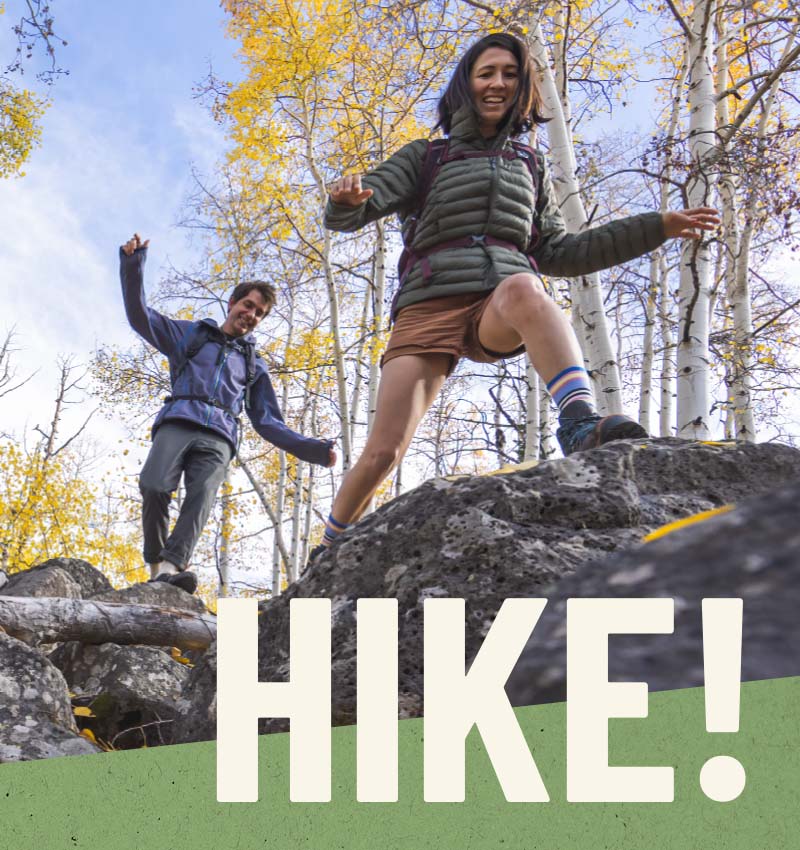When the weather outside is anything but pleasant, many people choose to take their workouts indoors. While you certainly won’t enjoy the same scenery on a treadmill as you would if you were hitting the pavement, you can still manage to get just as good of a workout. But how do you know when to bundle up and hit the open road, or play it safe and stay inside? Is there a difference between indoor exercise vs. outdoor exercise?
The answer: yes and no.
Let’s take a look at the benefits and downsides of indoor exercise vs. outdoor exercise to answer this question once and for all, and to help you determine which environment is right for you based on your goals.
What To Know About Indoor Exercise vs. Outdoor Exercise
Exercising Outdoors: The Upsides
It’s no secret that spending time in the fresh air can improve mood and reduce stress, but did you know that exercising outside (yes, even the cold) can also improve memory and attention? Not to mention, it’s an effortless way to soak up the vitamin D essential for bone and immune support.
Some runners report being more motivated to run outside when they can see the distance they cover. Plus, varied terrain can be beneficial to developing physical and psychological endurance, which are equally important when handling challenging conditions or setbacks during a race.
The upsides of exercising outdoors can be monetarily beneficial too, since exercising outdoors is almost always free of any extra cost that you might incur at a gym or fitness boutique. That also means more room in your budget for new running socks for men or women, nicer running shoes, and better gear. Score!
Exercising Outdoors: The Downsides
We know what advantages exercise outdoors offer, but what about the downsides? Weather can be an unexpected hazard to fitting your workout in—whether we’re talking about extreme temperatures, precipitation, or icy sidewalks. There may also be additional safety concerns to consider depending on the area where you’re exercising and whether or not you have a buddy with you. It’s also worth noting that air quality can impact the quality of your workout, but that also largely depends on where you’re located.
Exercising Indoors: The Upsides
Taking your workout inside gives you a lot more control over the elements, whether it’s in your living room or at a gym. Another advantage of indoor exercise vs. outdoor exercise is the element of social motivation, which might even help you push yourself that extra mile and establish accountability.
Indoor workouts can also have a lot more variety due to the availability of equipment and classes. Whether streaming or in person, indoor exercise programs often offer more flexibility that better fits your schedule, especially if you can’t get your workout in during daylight hours, or you’re an early bird who likes to get your workout in before the sun is up.
Exercising Indoors: The Downsides
The first obvious downside to indoor exercise is the absence of fresh air and sunshine. Depending on your situation and preferred form of fitness, finding a place to workout indoors can also be costly. If you choose to exercise at home, you may also be more prone to interruption from others, or feel a greater urge to cut your workout short.
While there is no right or wrong answer to how you workout, finding the best option for you is crucial if you want to build a healthier new routine, or train for a specific goal. But here’s the good news: you don’t have to pick just one! You can reap the benefits and avoid the downsides to both by mixing it up. Now that’s a win-win.
Train Confidently From Anywhere with FITS
Whether you’re tackling your next workout indoors or out, gearing up in the right exercise clothing will help make your fitness routine even more enjoyable. At FITS, we make it simple to find the right running socks for women and men of all fitness levels can count on to keep pace no matter where their workout takes place.
Visit FITS today to learn more about how FITS sock technology helps you train harder, faster, for longer in any condition, and to find the perfect pair of men's and women’s athletic socks for every adventure.


